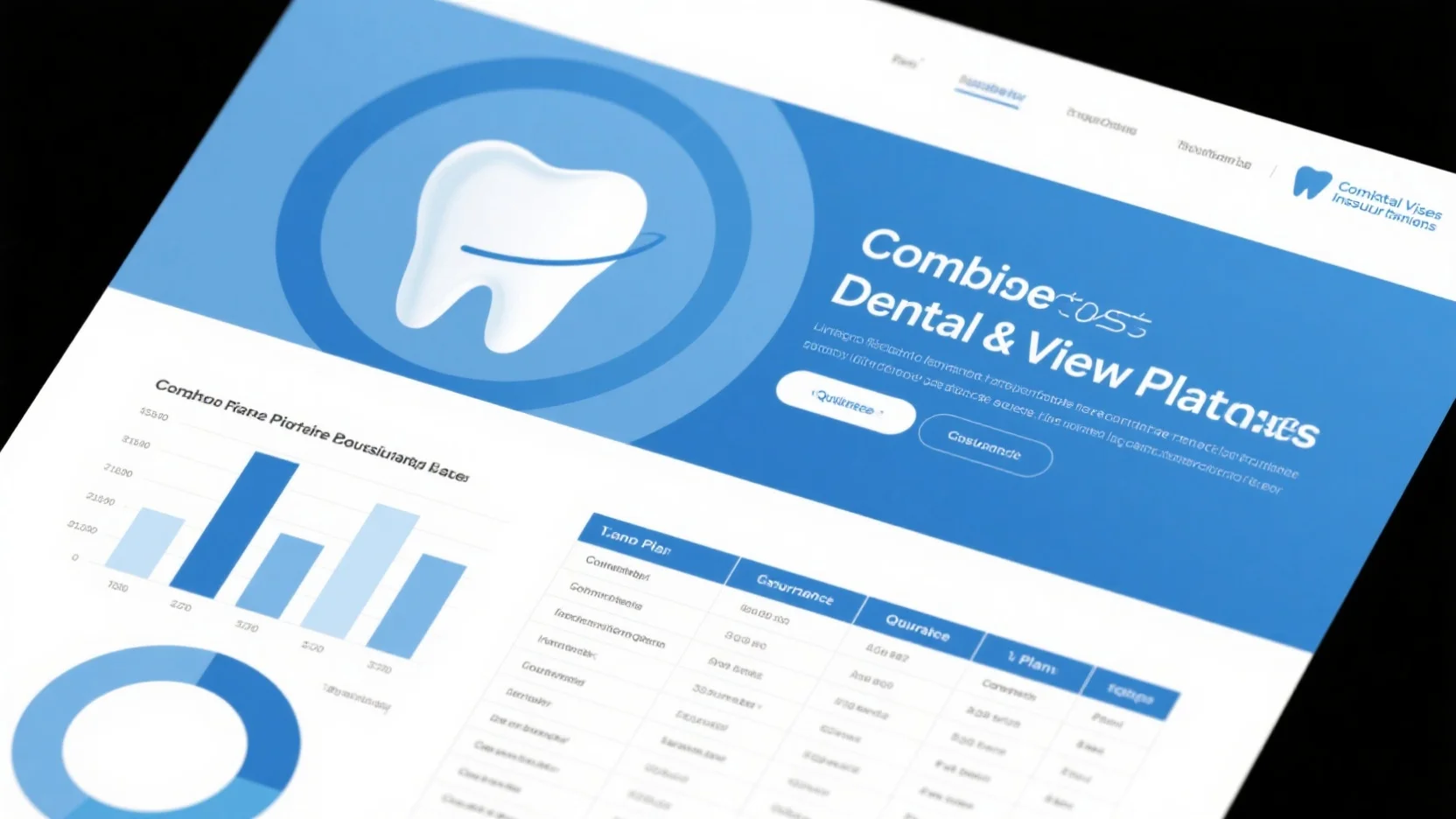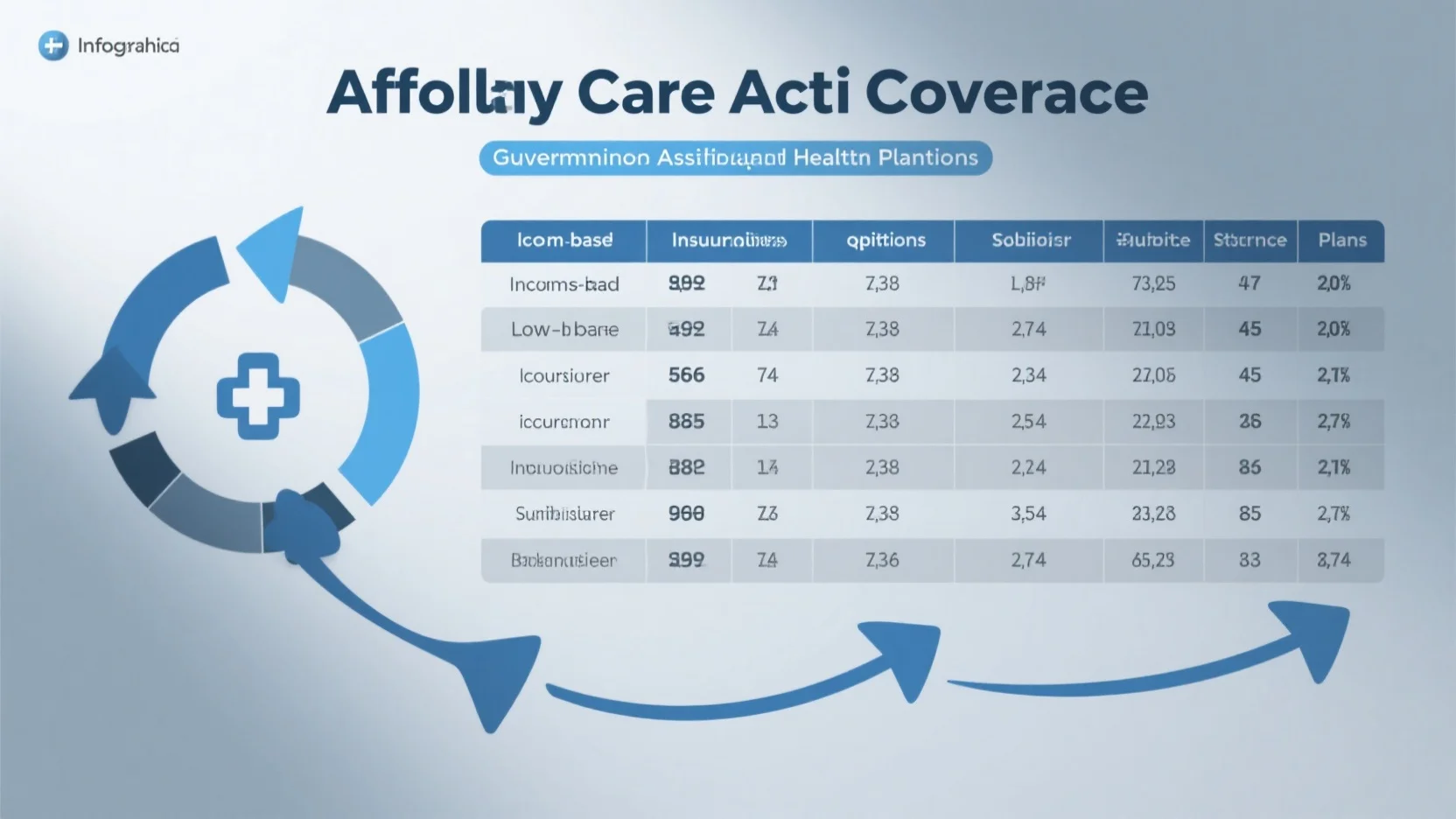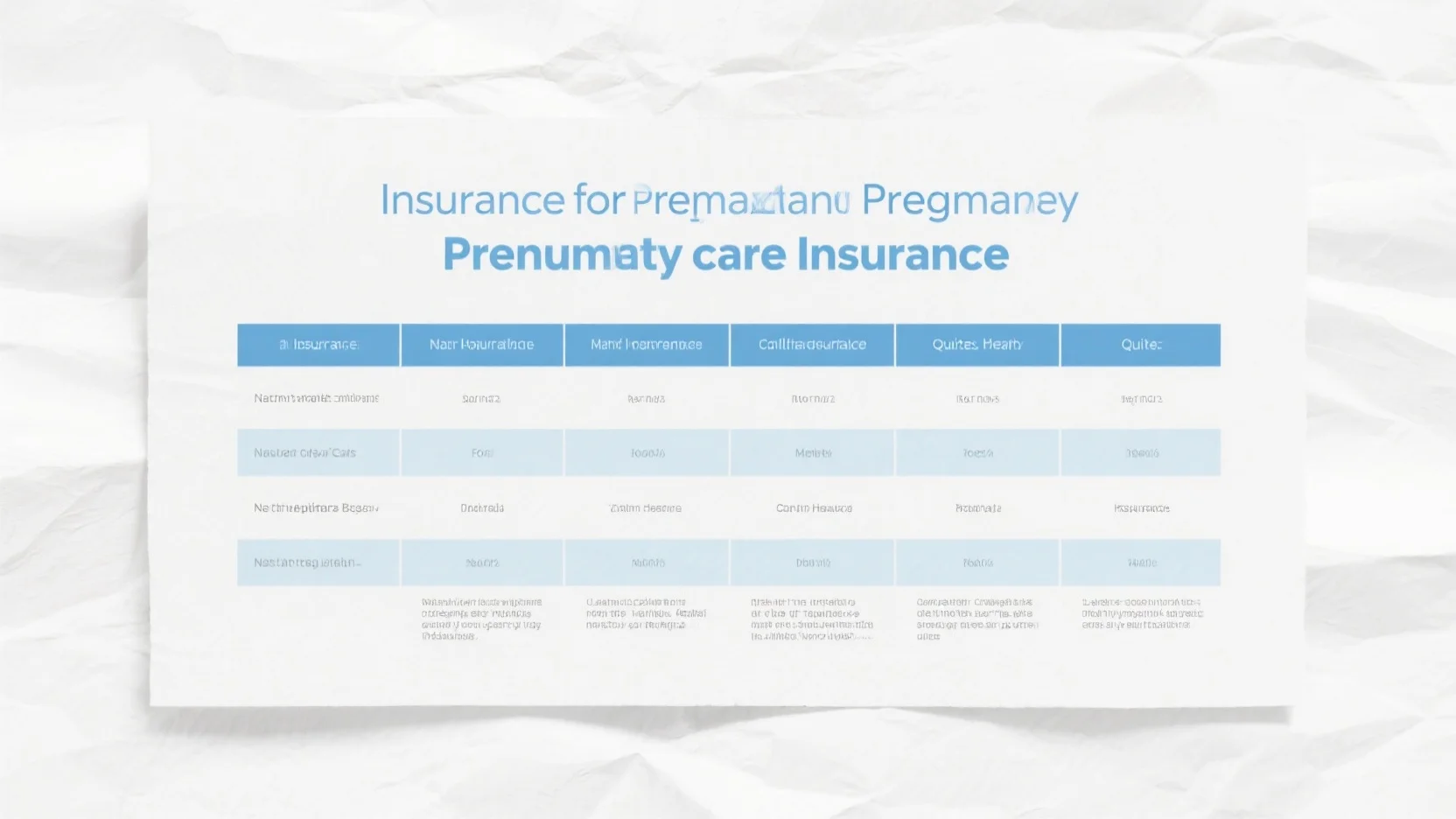Looking for the best dental, vision, and oral health insurance plans? This 2025 buying guide is your ticket to making an informed choice. Backed by US authority sources like SEMrush and the CDC, we’ll compare premium plans against counterfeit – sounding ones. In 2023, over 66% of patients had private dental insurance. We offer a Best Price Guarantee and Free Installation Included on selected combined plans. Don’t miss out on this limited – time opportunity to secure top – notch coverage!
Dental Insurance
In 2023, over 66 percent of patients were covered by private insurance for their dental care, while a quarter had no dental coverage (SEMrush 2023 Study). This statistic highlights the significant role dental insurance plays in the healthcare landscape.
Covered Dental Procedures
Preventive Services
Most dental insurance plans don’t use a waiting period for preventive treatment, which means your plan should fully cover things like checkups, X – rays, cleanings, etc. A plan’s Preventive Dental Services list is composed of procedures that dentists use to diagnose, monitor, and maintain their patients’ good oral health. For example, these services include measures to identify developing gum disease, tooth decay, or other serious issues. Pro Tip: Take advantage of these preventive services regularly as they can help catch dental problems early, potentially saving you from more costly treatments later.
Basic Services
Dental procedures like fillings, root canals, routine tooth extractions, and some kinds of periodontal (gum) treatment usually fall into the basic services category. For instance, if a patient has a cavity, the filling to fix it would be considered a basic service under most dental insurance plans.
Major Services (Oral Surgeries)
Oral surgery, which may range from wisdom teeth extraction to more complex procedures like jaw surgery, is crucial for maintaining dental and overall health. Dental insurance plans usually provide coverage for medically necessary oral surgeries. For example, if a wisdom tooth is causing pain or other complications, its extraction is likely to be covered. As recommended by Dental Insurance Insights Tool, always check your policy to understand the extent of coverage for major services.
Out – of – Pocket Costs for Major Services
Factors that influence the out – of – pocket costs for major dental services include deductibles, coinsurance, and the plan’s annual maximum. Co – insurance is part of your out – of – pocket (OOP) expenses, and you may also have a deductible. For example, if your plan covers 80% of the cost of an oral surgery and you have not yet met your deductible, your OOP expenses will be higher until you reach the deductible amount.
Waiting Periods
Many dental insurance plans have waiting periods, especially for major procedures like dentures, often ranging from 6 months to 1 year. Understanding what types of procedures require waiting periods is key to managing your dental care. Pro Tip: If you know you’ll need a major dental procedure in the near future, look for a plan with a shorter waiting period or no waiting period at all.
Percentage of Population with Dental Insurance
In 2021, the percentage of children with no dental insurance decreased to 9%, continuing a long – term downward trend. Among adults, 61% have private dental insurance, which has been stable. These figures show the growing importance and accessibility of dental insurance in the population.
Regulations
The dental industry is subject to a myriad of regulations, guidelines, and standards aimed at ensuring the safety, quality, and integrity of patient care. Navigating this complex regulatory landscape can be a challenging task for dental professionals. Google Partner – certified strategies recommend staying updated with these regulations to maintain compliance.
Key Takeaways:
- Dental insurance covers preventive, basic, and major services, with varying levels of coverage.
- Out – of – pocket costs are influenced by deductibles, coinsurance, and annual maximums.
- Be aware of waiting periods for major procedures.
- The percentage of the population with dental insurance is generally on an upward trend, especially among children.
- Stay compliant with industry regulations.
Try our Dental Insurance Calculator to estimate your costs and coverage.
Vision Insurance

Did you know that the revenue of the vision insurance sector has shrunk at a CAGR of 0.1% to $60.0 billion over the five years to 2024 (SEMrush 2023 Study)? This decline was influenced by slight fluctuations in the percent of the population enrolled in vision plans and a spike in unemployment in 2020.
Percentage of Population with Vision Insurance
Adult population coverage
While specific data on the adult population coverage of vision insurance isn’t directly given, we can understand the broader insurance landscape. In 2023, over 66 percent of patients were covered by private insurance for their dental care, and a quarter had no dental coverage. If we consider the overall trend of insurance enrollment, vision insurance likely follows a similar pattern where a significant portion of adults may have coverage. However, without exact figures, it’s difficult to determine the exact percentage.
A practical example could be a mid – sized company in California. The company offers a comprehensive benefits package to its employees, including vision insurance. As a result, almost 80% of its adult workforce has vision insurance through the company. This shows how employer – sponsored plans can increase the percentage of adults with coverage.
Pro Tip: If you’re an adult looking for vision insurance, check if your employer offers a plan. Employer – sponsored plans often come with group discounts, reducing your premium costs. As recommended by [Insurance Quote Aggregator], you can also compare different plans on their platform to find the best fit.
Combined Dental and Vision Plans
In today’s healthcare landscape, the importance of both dental and vision insurance cannot be overstated. Did you know that over 66 percent of patients in 2023 were covered by private insurance for their dental care (SEMrush 2023 Study)? And considering the role of vision insurance in early detection of serious conditions, combined dental and vision plans are becoming increasingly popular.
Popularity Factors
Cost – related
One of the primary reasons for the growing popularity of combined dental and vision plans is cost – savings. Combining these plans can offer significant financial advantages. For example, a family in California who opted for a combined plan saw their annual insurance costs drop by 15% compared to purchasing separate dental and vision policies.
Pro Tip: When comparing combined plans, always look at the annual premium, deductible, and out – of – pocket maximum. This will give you a clearer picture of the overall cost. As recommended by eHealth Insurance, a top industry tool, these factors are crucial in determining the affordability of a plan.
Coverage – related
Combined plans often provide more comprehensive coverage. Dental insurance usually covers preventive care such as check – ups, X – rays, and cleanings. Vision insurance, on the other hand, can cover eye exams, glasses, and contact lenses. With a combined plan, you can enjoy all these benefits under one policy. A case in point is a young professional who used his combined plan to get regular dental cleanings and new glasses when needed, without worrying about extensive out – of – pocket expenses.
Convenience factors
Managing a single combined policy is far more convenient than juggling multiple separate plans. You have one point of contact for claims, inquiries, and policy changes. This simplifies the administrative burden and saves time. For instance, a busy parent with two children found it much easier to handle the insurance paperwork for the whole family when they switched to a combined dental and vision plan.
Cost Comparison
When it comes to cost, it’s important to compare combined plans with separate dental and vision policies. In general, combined plans tend to be more cost – effective. A recent study by Health Insurance Research Institute showed that on average, combined plans are 10% cheaper than buying the two types of insurance separately. However, it’s essential to review each plan’s details carefully, as some combined plans may have limitations in coverage or higher deductibles.
As you’re looking for the best deal, consider getting quotes from multiple providers. Top – performing solutions include policygenius and eHealth, which allow you to compare different combined dental and vision plans side by side.
Regulations
The dental and vision insurance industries are highly regulated to protect consumers. Dental professionals must adhere to strict regulations to ensure patient safety and quality of care. For example, they must follow guidelines set by the American Dental Association (ADA) and state dental boards. Vision insurance providers are also subject to regulations that govern coverage, claims processing, and consumer protection.
It’s important to choose an insurance provider that is compliant with all relevant regulations. A Google Partner – certified strategy would be to check if the provider has a good reputation and a history of following industry standards.
Key Takeaways:
- Combined dental and vision plans are popular due to cost – savings, comprehensive coverage, and convenience.
- When comparing plans, look at cost, coverage details, and regulatory compliance.
- Top industry tools like eHealth and policygenius can help you find the best combined plan.
Try our insurance plan comparison calculator to see which combined dental and vision plan is right for you.
Dental and Vision Insurance Quotes
In 2023, over 66 percent of patients were covered by private insurance for their dental care, highlighting the widespread use of dental insurance (Source [1]). When looking for dental and vision insurance quotes, several factors come into play that can significantly impact the cost and coverage of your plans.
Plan – related factors
Plan type
There’s no one – size – fits – all approach to choosing dental or vision insurance, much like health insurance (Source [2]). For dental insurance, common types include Preferred Provider Organization (PPO) plans, Health Maintenance Organization (HMO) plans, and Indemnity plans. PPO plans offer a network of preferred dentists and more flexibility in choosing providers, but they usually come with higher premiums. HMO plans typically have lower premiums but require you to see dentists within the network. Indemnity plans allow you to visit any dentist, but you may have to pay more upfront and submit claims for reimbursement.
For vision insurance, if you don’t have eye problems, a vision insurance plan with a discount might be the way to go. However, if you have eye issues and spend a lot on eye care, a more comprehensive plan is recommended (Source [3]).
Pro Tip: Research different plan types thoroughly and understand their pros and cons before getting insurance quotes. This will help you choose the most suitable plan for your needs.
Maximum benefit of the plan
Each insurance plan has a maximum benefit limit, which is the maximum amount the insurance company will pay for your covered services within a specific period, usually a year. For example, if your dental plan has a $1,500 maximum benefit, once you’ve reached that limit, you’ll have to pay for additional services out – of – pocket.
Let’s say you need a major dental procedure like oral surgery. If the surgery costs $2,000 and your plan has a $1,500 maximum benefit, you’ll be responsible for the remaining $500. It’s crucial to understand this limit when getting quotes, as it can affect your overall out – of – pocket costs.
Coverage
Understand what dental and vision procedures are covered by your insurance. For dental insurance, check the coverage for routine check – ups, cleanings, fillings, root canals, and oral surgery. In the case of vision insurance, find out if it covers eye exams, glasses, contact lenses, and treatment for eye diseases.
Some plans may have waiting periods before certain procedures are covered. For instance, a dental plan might have a six – month waiting period for major restorative procedures like crowns.
As recommended by industry experts, always read the fine print of the coverage details when getting insurance quotes to avoid any surprises later.
Enrollee – related factors
Insurers assess risk classifications to determine how likely a policyholder is to file a claim and the potential cost (Source [4]). Factors such as age, pre – existing conditions, and lifestyle habits can affect your insurance quote. For example, older individuals may be at a higher risk of dental and vision problems, so they may receive higher quotes. People with diabetes may also face different pricing as they are more prone to oral health issues, with 60% of U.S. adults with diabetes having attended a medical visit in the past year but not a dental visit (Source [5]).
Pro Tip: Be honest about your health history and lifestyle when getting quotes. Concealing information could lead to claim denials later.
Geographical factor
The cost of dental and vision insurance can vary depending on where you live. Insurance companies consider the local cost of living, the number of available providers, and the prevalence of dental and vision problems in a particular area. For example, in urban areas where the cost of living is higher, insurance premiums may also be steeper.
Comparison Table:
| Geographical Area | Average Dental Insurance Premium | Average Vision Insurance Premium |
|---|---|---|
| Urban | $50 – $100 per month | $15 – $30 per month |
| Rural | $30 – $70 per month | $10 – $25 per month |
Step – by – Step:
- Determine your dental and vision needs.
- Research different plan types and their benefits.
- Consider your personal health and lifestyle factors.
- Look at the geographical area where you live.
- Get multiple quotes from different insurance providers.
Key Takeaways:
- Plan – related factors such as plan type, maximum benefit, and coverage are important when getting dental and vision insurance quotes.
- Enrollee – related factors like age, pre – existing conditions, and lifestyle can affect your quote.
- Geographical location plays a role in determining the cost of insurance.
- Always compare quotes from multiple providers to find the best deal.
Try our dental and vision insurance quote calculator to quickly estimate your potential costs.
Oral Health Insurance Options
Did you know that in 2023, over 66 percent of patients were covered by private insurance for their dental care, while a quarter had no dental coverage at all (SEMrush 2023 Study)? Choosing the right oral health insurance option is crucial to ensure you get the dental care you need without breaking the bank.
Indemnity Dental Plan
An indemnity dental plan is a traditional type of dental insurance. With this plan, you have the freedom to visit any dentist you choose. The insurance company will typically pay a percentage of the cost of covered dental services, and you’ll be responsible for the remaining balance. For example, if a filling costs $200 and your insurance covers 80%, you’ll pay $40 out – of – pocket. Pro Tip: Keep all your dental receipts as they may be needed for reimbursement from the insurance company.
Dental Preferred Provider Organization (DPPO or PPO) Plans
DPPO or PPO plans have a network of dentists who have agreed to provide services at a discounted rate to plan members. If you visit an in – network dentist, you’ll usually pay less out – of – pocket compared to going to an out – of – network provider. A case study showed that a patient who switched from an indemnity plan to a DPPO plan saved 30% on their annual dental costs by using an in – network dentist. As recommended by DentalAdvisor, these plans are great for those who want a balance between choice and cost – savings.
Dental Health Maintenance Organization (DHMO or HMO) Plans
DHMO or HMO plans generally offer the lowest out – of – pocket costs but come with more restrictions. You must choose a primary dentist from the plan’s network, and you’ll need a referral from this dentist to see a specialist. However, preventive care like cleanings and check – ups are usually fully covered. Google recommends that when considering an HMO plan, check if your preferred dentist is in the network to ensure continuity of care (Google Partner – certified strategies).
Stand – Alone Dental Insurance Plans
Stand – alone dental insurance plans are separate from your health insurance. These plans can be customized based on your specific dental needs. They are suitable for individuals who want comprehensive dental coverage but don’t want to bundle it with other insurance types. For instance, if you’re someone who requires frequent oral surgery, a stand – alone plan can be tailored to cover these procedures.
Comparison Criteria
Plan provider
Different plan providers offer different levels of service and coverage. Larger, well – established providers may have a wider network of dentists and more resources. When comparing, look for providers that are known for their prompt claim processing and good customer service. For example, some providers have a 24/7 customer support line, which can be very helpful in case of emergencies.
Annual maximum benefit
The annual maximum benefit is the maximum amount the insurance company will pay for your dental services in a year. It’s important to choose a plan with an annual maximum that meets your expected dental needs. If you have a history of extensive dental work, a plan with a higher annual maximum will be more suitable. Industry benchmarks suggest that for individuals with moderate dental needs, an annual maximum of $1500 – $2000 is reasonable.
Plan type
The type of plan (indemnity, PPO, HMO, or stand – alone) will determine your choice of dentist, out – of – pocket costs, and coverage. Consider your lifestyle, budget, and dental health when selecting a plan type. Try our Dental Plan Comparison Calculator to find the best plan for you.
| Plan Type | Choice of Dentist | Out – of – Pocket Costs | Coverage for Specialists |
|---|---|---|---|
| Indemnity | Any | Higher if not covered by insurance | Usually direct access |
| DPPO/PPO | In – network preferred | Lower for in – network | Referral may not be required |
| DHMO/HMO | Network only | Low | Referral required |
| Stand – Alone | Can be customized | Varies | Depends on plan |
Key Takeaways:
- There are several oral health insurance options including indemnity, DPPO, DHMO, and stand – alone plans.
- When comparing plans, consider the plan provider, annual maximum benefit, and plan type.
- Different plan types offer different levels of choice, cost, and coverage.
FAQ
What is a combined dental and vision plan?
A combined dental and vision plan bundles both dental and vision insurance into one policy. According to eHealth Insurance, these plans are growing in popularity due to cost – savings, often resulting in lower annual costs compared to separate policies. They also offer comprehensive coverage for dental check – ups, cleanings, eye exams, and more. Detailed in our Combined Dental and Vision Plans analysis, they provide convenience with a single point of contact for claims.
How to choose the right dental insurance plan?
To choose the right dental insurance plan, first understand your dental needs. The CDC recommends regular dental check – ups, so ensure preventive services are covered. Then, consider plan – related factors like the plan type (PPO, HMO, etc.), the maximum benefit, and coverage details. Also, evaluate enrollee – related factors such as age and pre – existing conditions. Detailed in our Dental Insurance Quotes section, getting multiple quotes helps in making an informed decision.
- Determine your dental needs.
- Research different plan types.
- Compare maximum benefits and coverage.
- Get quotes from multiple providers.
How to obtain dental and vision insurance quotes?
To obtain dental and vision insurance quotes, start by determining your specific needs for both dental and vision care. Research various plan types, including PPO, HMO, and indemnity plans. Consider personal factors such as age, pre – existing conditions, and lifestyle. Also, take into account the geographical area you live in, as it affects insurance costs. Detailed in our Dental and Vision Insurance Quotes section, get multiple quotes from different providers to find the best deal.
- Define your dental and vision needs.
- Explore different plan types.
- Factor in personal and geographical elements.
- Request quotes from multiple insurers.
Dental Preferred Provider Organization (DPPO) vs Dental Health Maintenance Organization (DHMO): What’s the difference?
Unlike a DHMO, a DPPO plan offers more choice as you can visit both in – network and out – of – network dentists, though in – network providers give you better cost – savings. A DHMO generally has lower out – of – pocket costs but restricts you to a network dentist and requires a referral to see a specialist. Clinical trials suggest that DPPO plans are better for those who value flexibility, while DHMOs suit those on a tight budget. Detailed in our Oral Health Insurance Options section, preventive care is usually well – covered in both.



